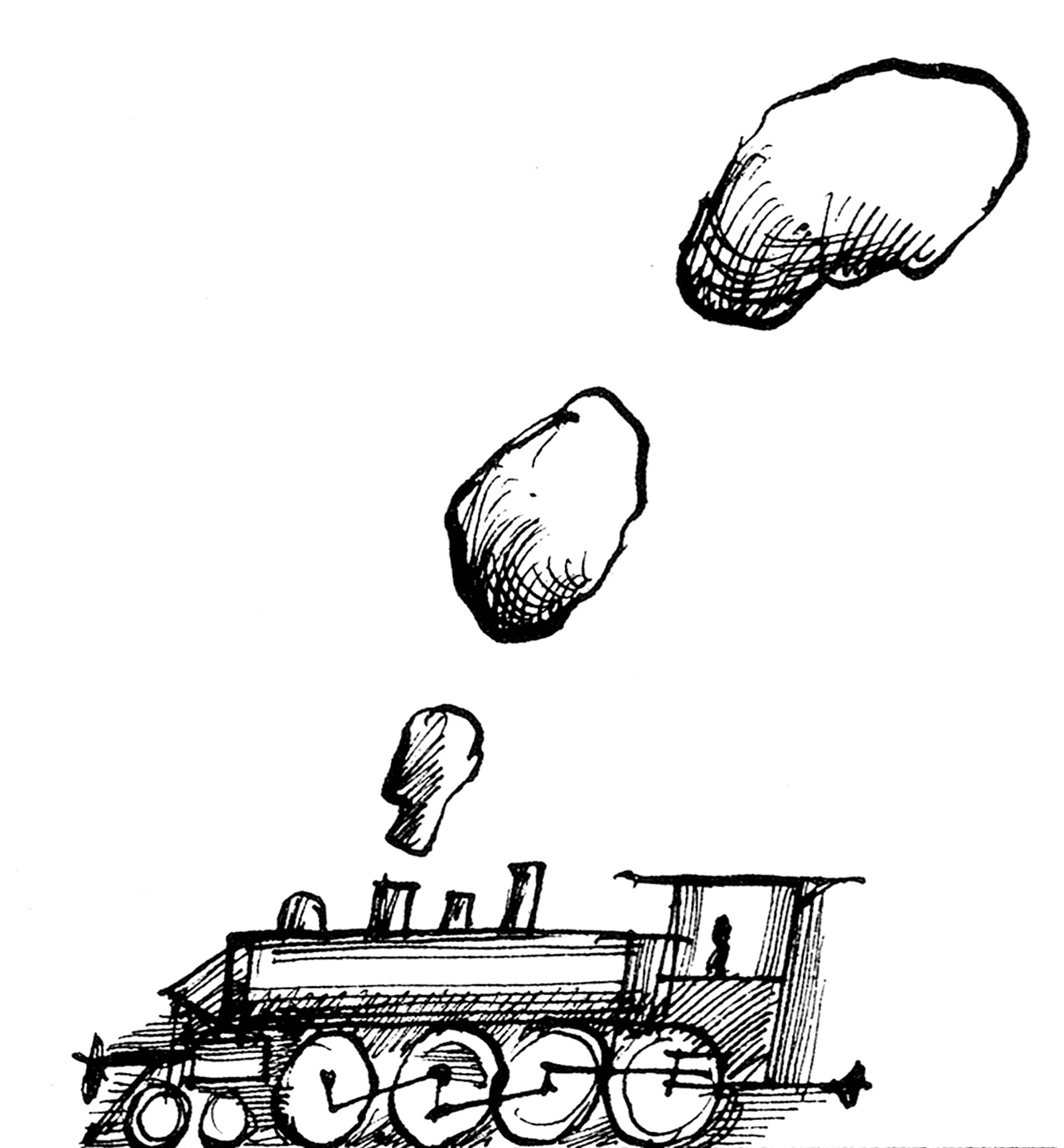In response to:
A Future Without Fossil Fuels? from the April 4, 2019 issue
To the Editors:
Not to niggle, but Bill McKibben [“A Future Without Fossil Fuels?,” NYR, April 4] cites one of the mistakes in history that becomes history itself, by repetition: “Vaclav Smil has pointed out that although James Watt developed the coal-powered steam engine in 1776, coal supplied less than 5 percent of the planet’s energy until 1840.” Watt did not invent or develop the steam engine in 1776. The coal-powered steam engine was developed in 1712 by Thomas Newcomen. Watt, having observed the Newcomen engine, realized that the continual cooling and reheating of the massive cylinder represented large and unnecessary expenditure of fuel and conceived of the external condenser which boosted the efficiency of steam-power production so much that it shocked the imagination of scientists worldwide. It stimulated Sadi Carnot to investigate the conceptual limits of conversion of heat to power, and thereby discover the second law of thermodynamics and the absolute temperature scale. (Carnot’s discovery predated that of the first law of thermodynamics by Kelvin and Joule.)
The most remarkable “engine” to use heat to produce work, in the form of lifting water, was invented by Thomas Savery in 1698. This device had no moving parts, except for its valves. The thermionic diode heat engine invented by Nottingham and Hatsopoulos in the 1950s finally went all the way and produced power with no moving parts.
Savery received a patent on his steam engine and filed an “interference” against Newcomen. The two finally joined forces, with Savery becoming Newcomen’s partner. Savery exploited the inventions of Papin, particularly Papin’s steam digester (1679) and pressure cooker, in developing Newcomen’s engine.
The history of obtaining power from heat is long, rich, and fascinating.
Charles A. Berg
Buckfield, Maine




